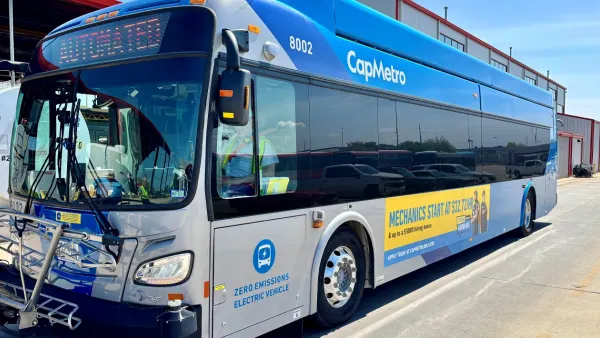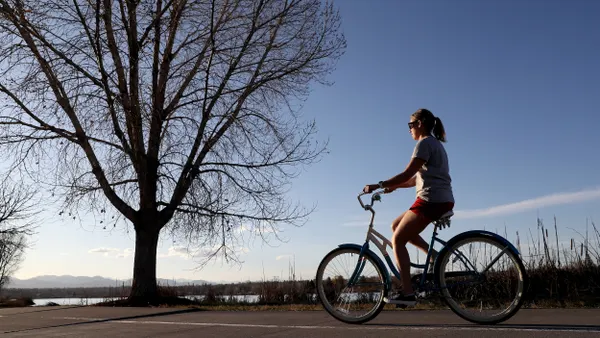Dive Brief:
- Aeva, a startup founded by two former Apple engineers, has unveiled an advanced LiDAR sensor that it says is a "generational leap" that will "play a big part in enabling autonomous vehicles to go mainstream," according to a Medium post from co-founder Mina Rezk.
- Aeva’s LiDAR system differs from competitors’ because it can track the dense velocity and position of objects it detects, which allows it to more accurately predict where a pedestrian or obstacle will be. The sensor relies on frequency modulated continuous wave LiDAR, which sends out a constant laser beam rather than the pulses that other sensors use.
- The company also says its LiDAR is immune from interference from other sensors — and from sunlight — and can operate at low power.
Dive Insight:
LiDAR is going to be key to getting AVs off the ground, since it will feed the artificial intelligence systems controlling the cars. Aeva told Venture Beat that its single-chip sensor can market for "a few hundred bucks," making it competitive and attracting significant interest from investors (although other startups are eyeing similar technology).
Companies are racing to upgrade safer, cheaper and faster LiDAR systems that can quickly analyze vast amounts of data. Automakers are seeking to partner with sensor companies — no doubt Aeva is attracting attention from major firms — and researchers are working to make the systems more efficient. Stanford University, for example, has been testing a camera that builds artificial intelligence directly into its optic system, making for a faster processing time. Cost, however, remains a major barrier — a more efficient LiDAR system will bring down costs and make AVs more accessible.
Aeva markets its system as "unlocking a whole new dimension for safe AI algorithms" through its 4D technology that can measure depth, velocity and reflectivity.
Besides AVs, the technology holds promise for cities for mapping, real-time sensing and even security. Baltimore used LiDAR technology to track damage after protests in 2015, while other cities have used it for large mapping projects. As more companies compete to make better systems, more cities will find real-world applications beyond AVs.










